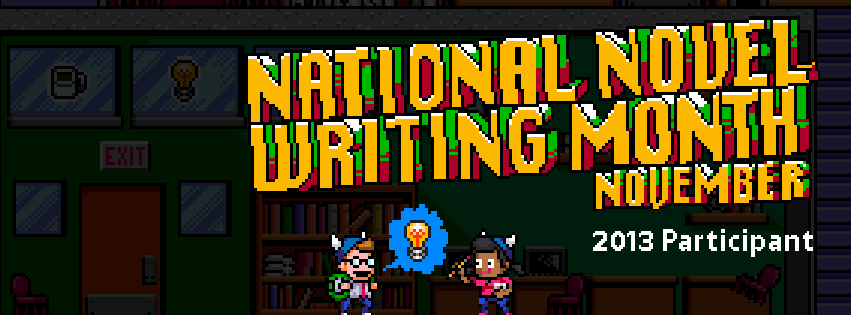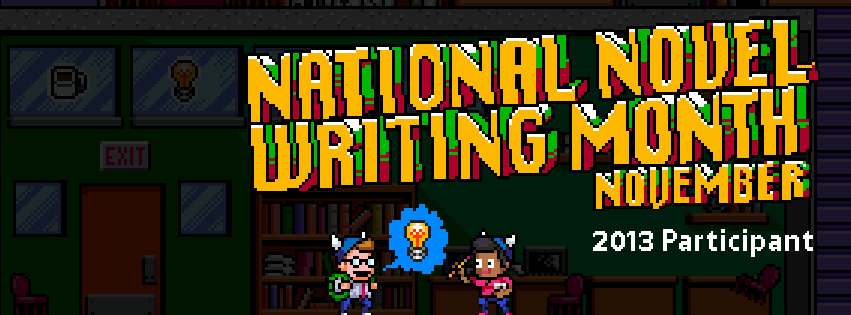NaNoWriMo: Anatomy of a Scene (With Critique Giveaway!)
Ahoy, NaNo-goers! This post is going to be about scenes. Scenes are important! They are what make up your novel. You are going to write a lot of them. But here’s the thing: I have no idea what a scene is. I mean, of course I know what a scene is—it’s, you know, a smallish chunk of words and…stuff.
Ugh, right? It hurts to think about.
Seriously, until I sat down to write this post, I couldn’t define a scene except relatively: bigger than a paragraph, smaller than a chapter. But scenes are definitely important—they’re the building blocks of your book! So I’ve thought about it, boiled down some philosophical bones of narrative, and done some slapdash Googling, and I think I’ve hit on a satisfactory definition: a scene is a discrete series of actions and dialogue that advances the narrative through change.
Let’s break this down a little, shall we?
A scene is discrete in the sense that it exists as a unit, typically cordoned off in a manuscript with either a double return or some kind of dingbat divider (like the # sign). It’s a series because at least two things have to happen—a single action isn’t a scene, it’s a beat (more on this later). Actions and dialogue are self-explanatory: action is stuff happening, dialogue is stuff being said. Finally, a scene must advance the narrative, which just means that something must happen. And how can you tell if something’s happened in your scene? Change.
Phew. So. This highfalutin narrative breakdown stuff is all very well and good, but how can you use it to actually put some words on that maddeningly blank page? Easy!
If you’re stuck, stick with change.
Your scene needs to close with your characters in a different place they started, either physically (get Frodo and the Hobbits out of the Shire and into the Prancing Pony) or mentally (show Carrie realizing the horrible, bloody extent of her mental prowess). When you find yourself scrabbling and spinning your wheels, change something. Give your characters epiphanies. Make them argue and convince each other. Cut off their limbs in a tragic combine accident. Wake them from uneasy dreams to find themselves transformed into horrible vermin. Then, let them react—or don’t. Key in a carriage return, type out that transformative #, and start from your newly-minted status quo.
And—wait for it—scene. *dramatic thespian handgesture*
How's your writing coming? Comment on or share this post on Twitter and you could win a scene critique (up to five pages) from Blair!

Blair Thornburgh
BLAIR THORNBURGH is a graduate of the University of Chicago, where she earned a B.A. in medieval studies and delivered a pretty good commencement speech. She lives in Philadelphia.




